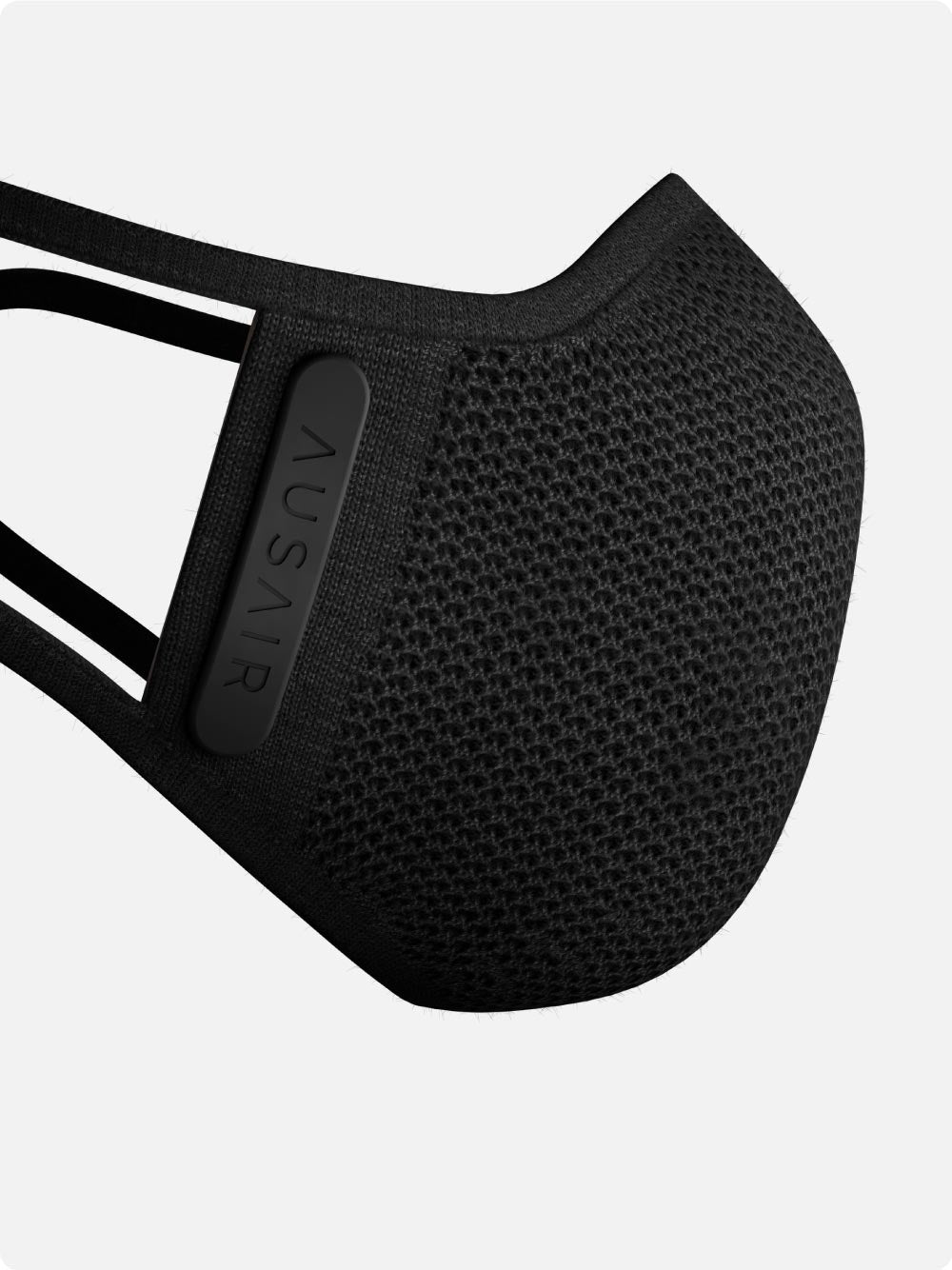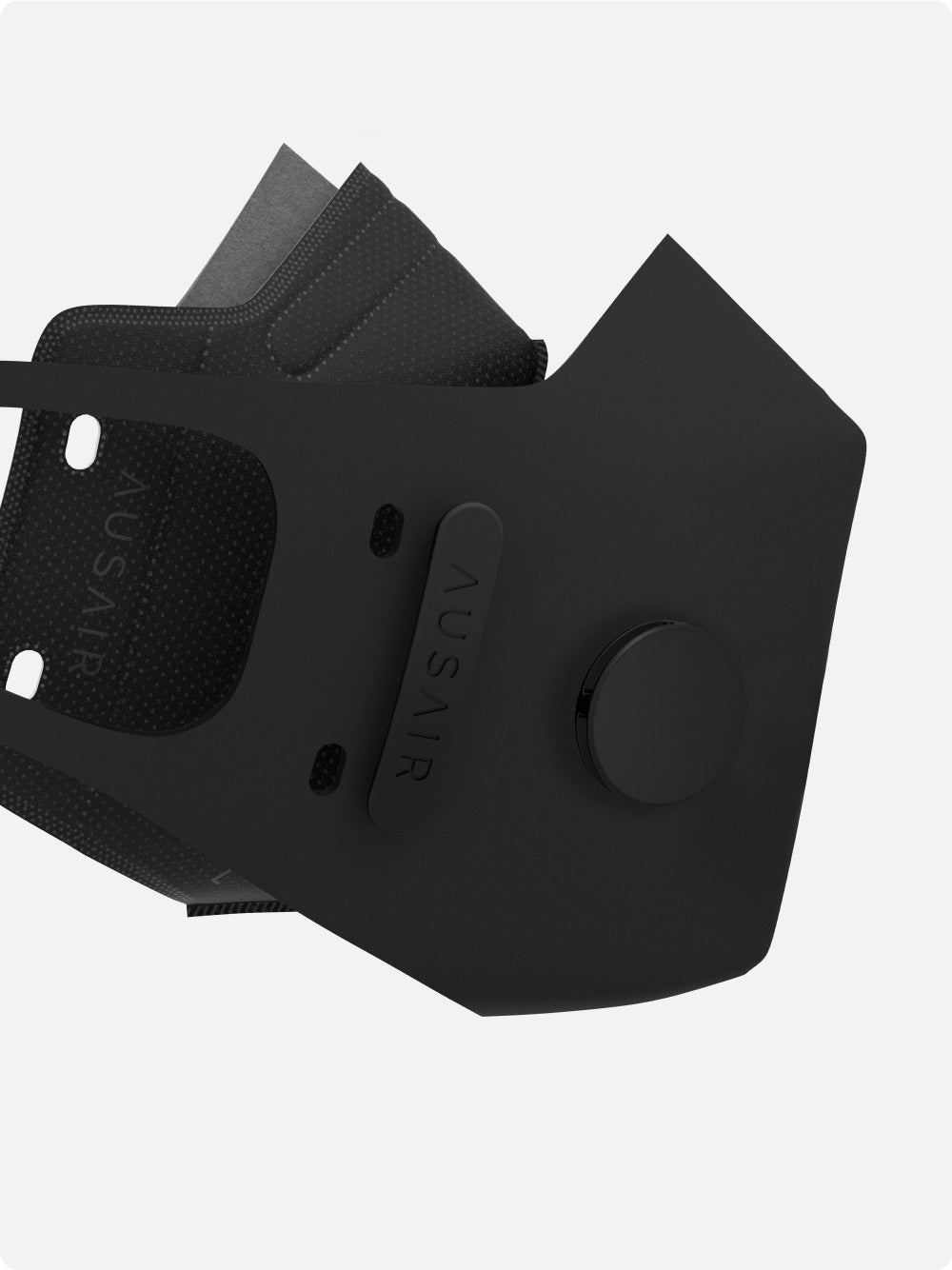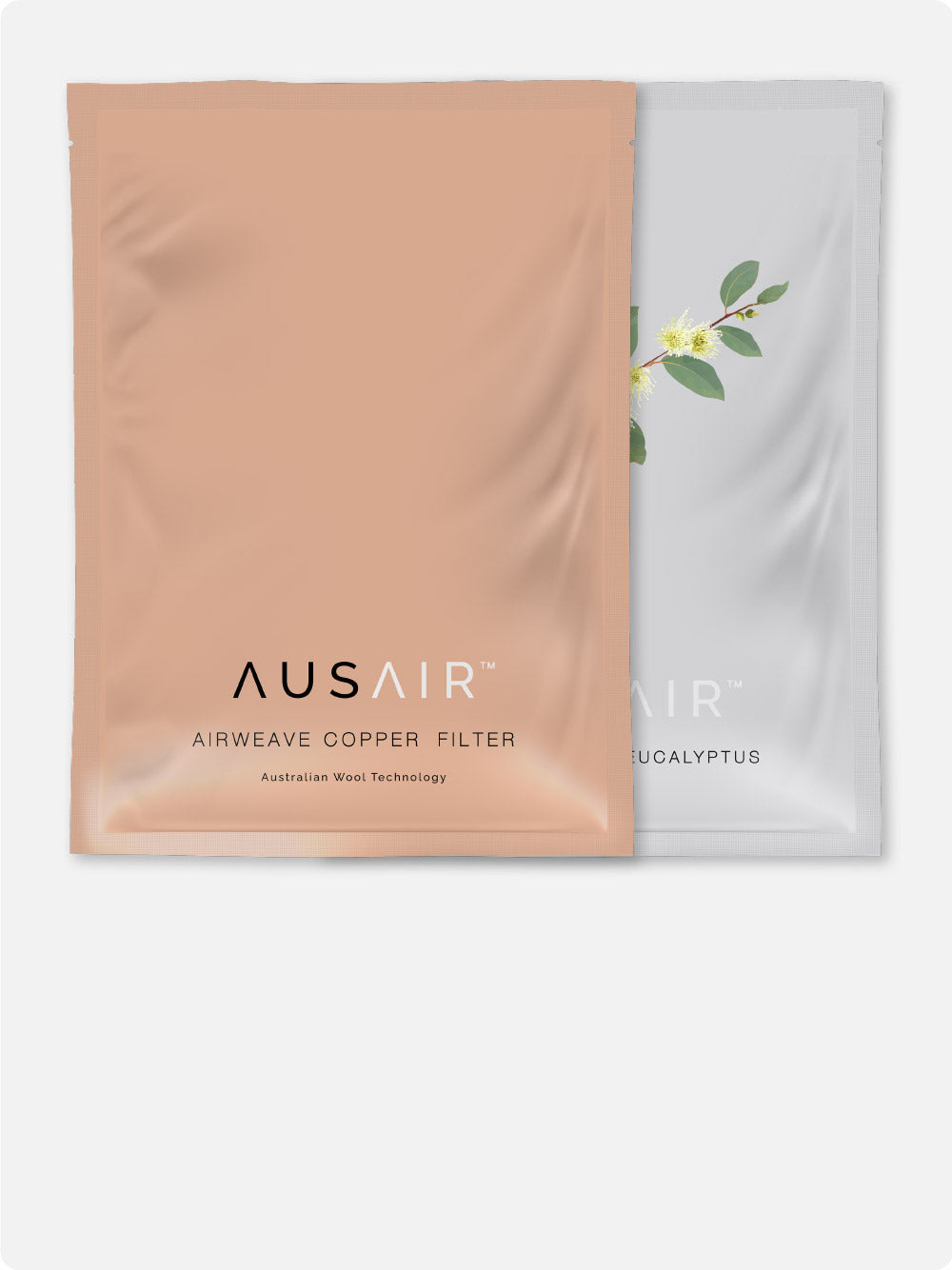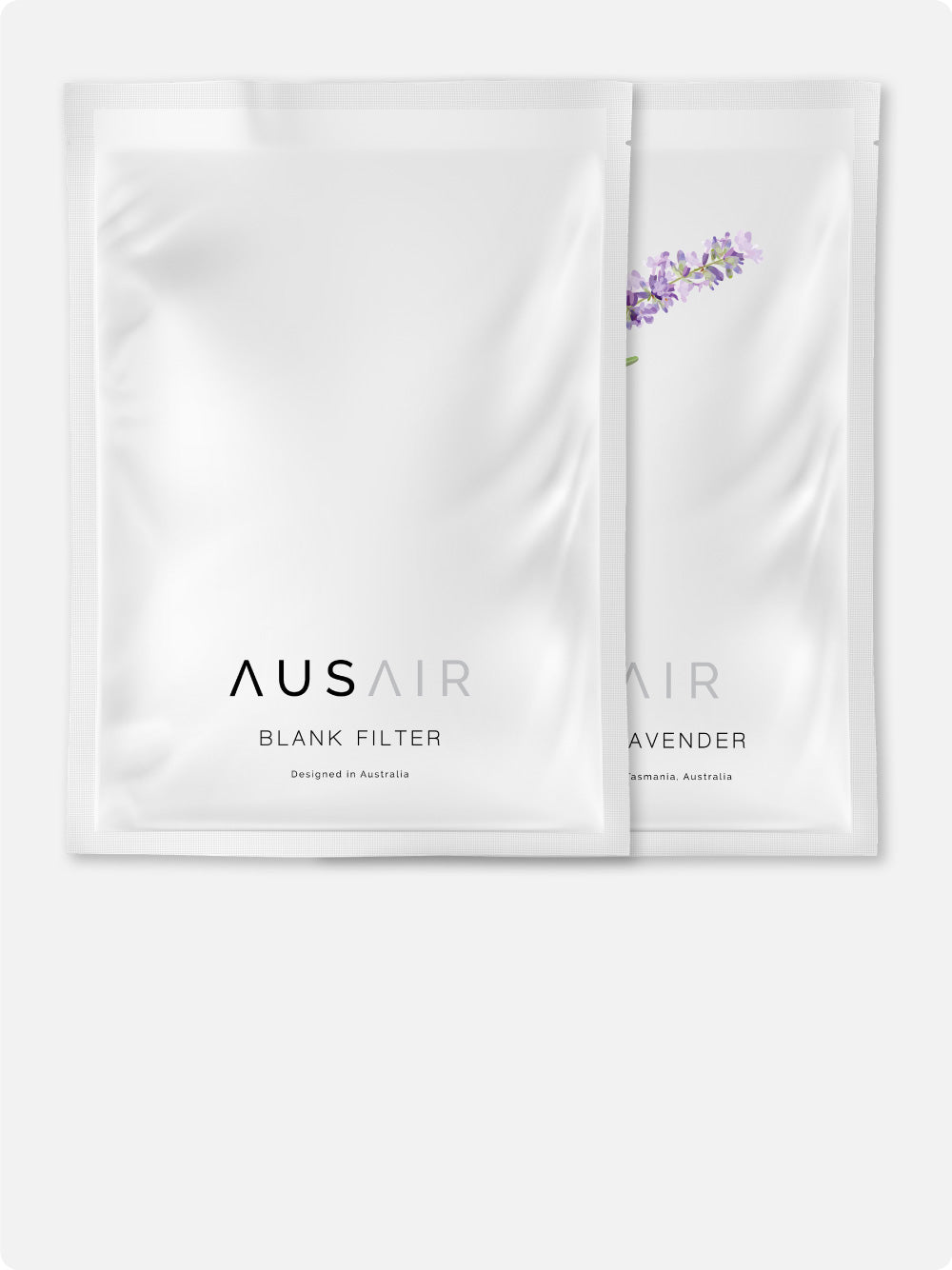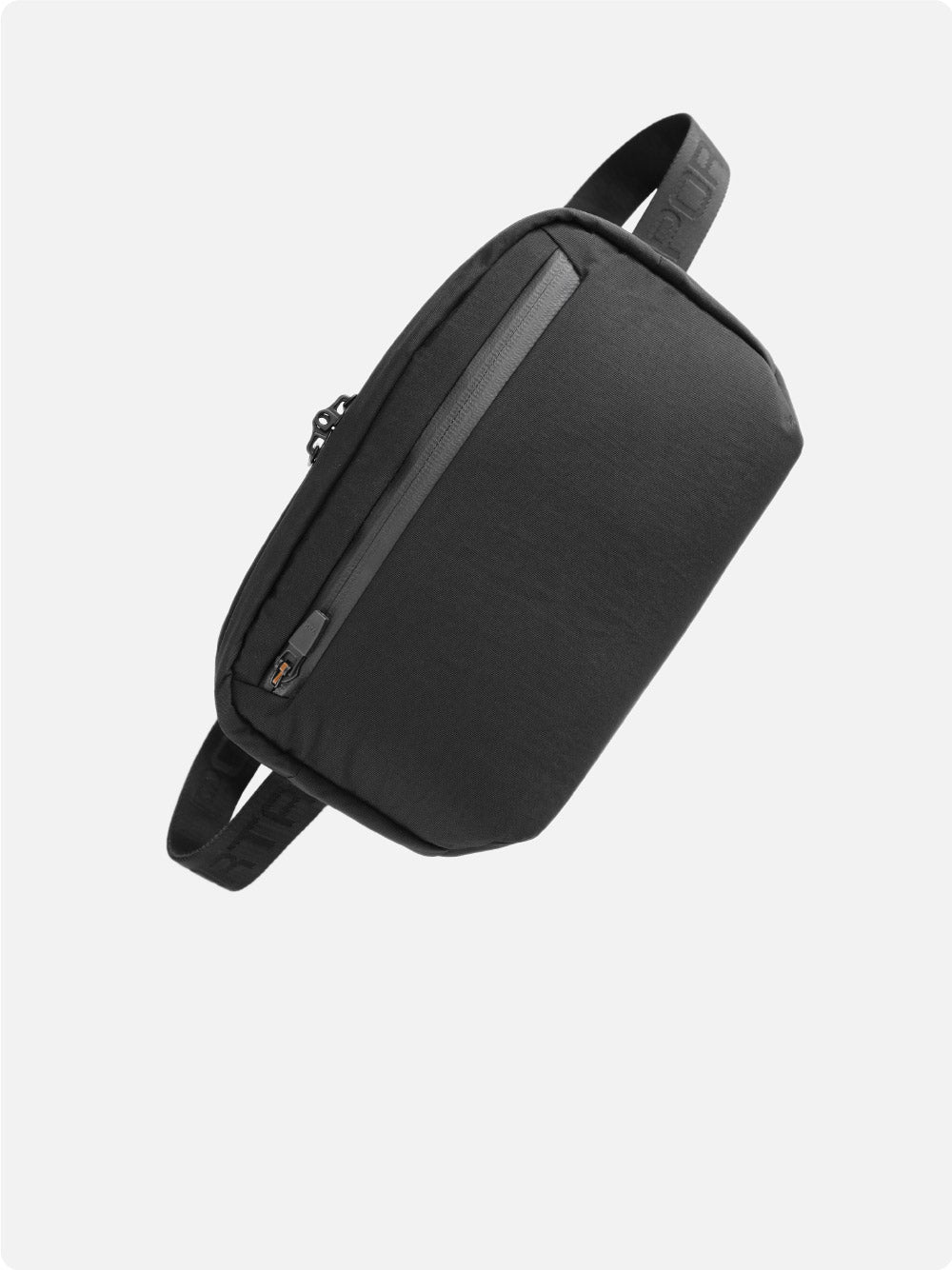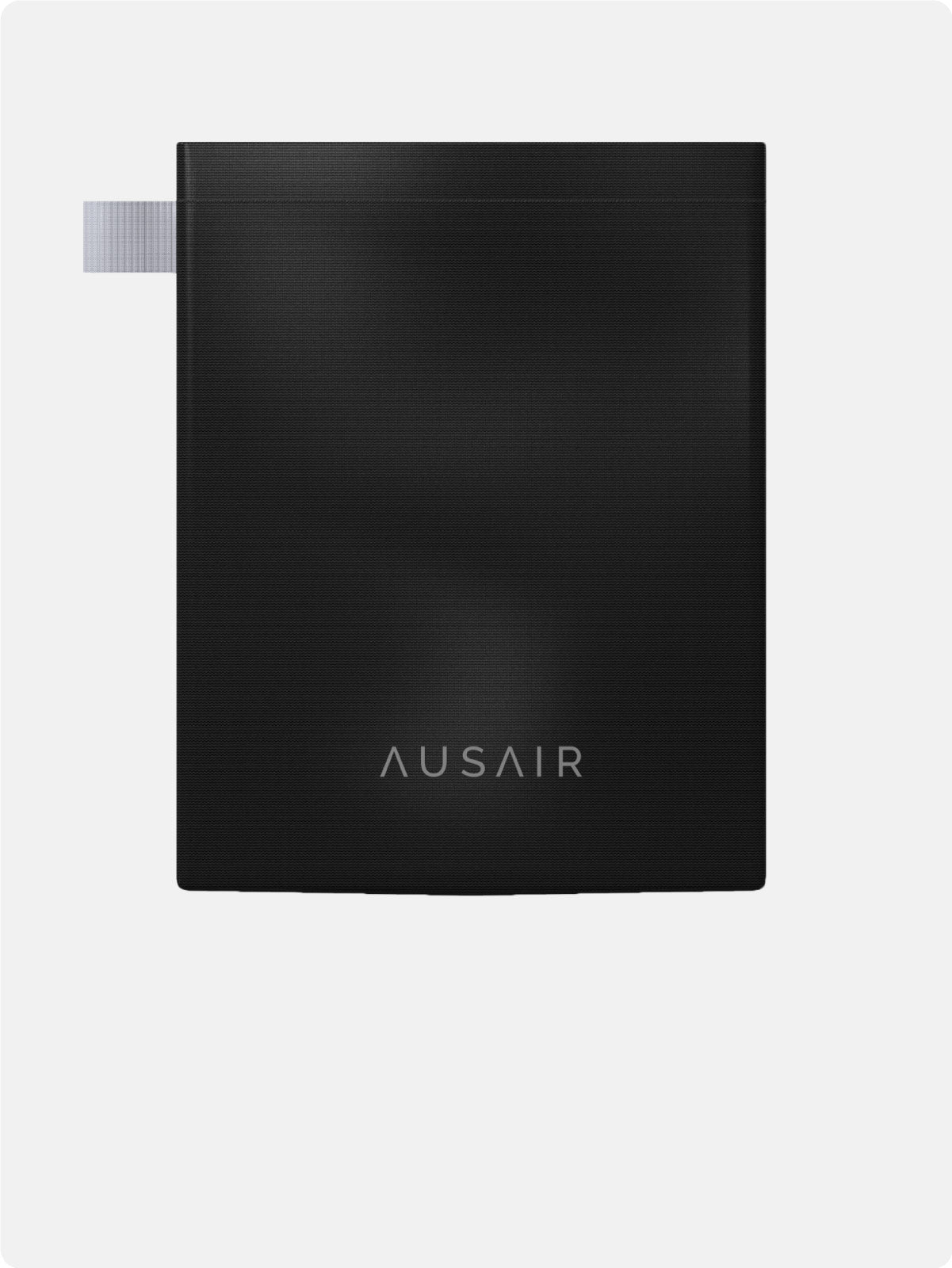
Founded in 2017, AusAir was born with a simple mission, to provide everyone with access to clean air.

AN IDEA WAS BORN
FOUNDED WITH A MISSION
AusAir was inspired by our travels overseas to places where airborne particulate matter was high. When bushfires devastated our home country, we experienced first hand what it was like to live without access to clean air. This prompted us to research the global issue of air pollution, its prevalence, effects and how people protect themselves. We were struck by how devastating the impacts are on health, the lack of awareness around these dangers and that many people exposed to this problem weren’t taking actions to protect themselves. Why weren't there any good solutions?

PERFECTING THE DESIGN
PARTNERING WITH THE UNIVERSITY OF SYDNEY
With this mission in mind, AusAir partnered with the University of Sydney and industry leading specialists to recreate the mask from the ground up. We started by looking at what the most important technical features were in high performing masks, and how to adapt these functional components into a product which is made for everyday wear.The result was a design which won numerous awards, including The University of Sydney's Annual Innovation Award. After 3 years of research and development our flagship product was launched, the AirFlex Mask range.

A SUSTAINABLE FUTURE
EXPANDING OUR MANDATE
COVID-19 changed the way we think about air pollution. In light of the pandemic our mission remains the same and we now include protection against viral and bacterial contaminants as part of our mandate, clean air for everyone.Every month 129 billion disposable face masks are being thrown into landfill. The majority of these masks are designed for single use, this level of consumption and waste is unsustainable and wreaks havoc on our environment. Because of this, we refuse to create masks to protect against air pollution whilst consciously contributing towards waste pollution. We are creating products for longevity not landfill by using the latest in material science to design products that are both durable and sustainable.

INTO THE FUTURE
A NEW BREED OF MASK
In our pursuit of being a sustainable company, the use of natural fibres is a cornerstone. We are on a constant journey, always striving to become more environmentally concious. This shaped our design process during the development of the AirWeave Merino range. The AirWeave Merino mask and AirWeave Copper filters provides filtration from submicron contamination while reducing the problem of waste pollution by combining AirWeave technology with reusable and durable natural fibres, Resulting in the worlds most breathable natural filtration system.

